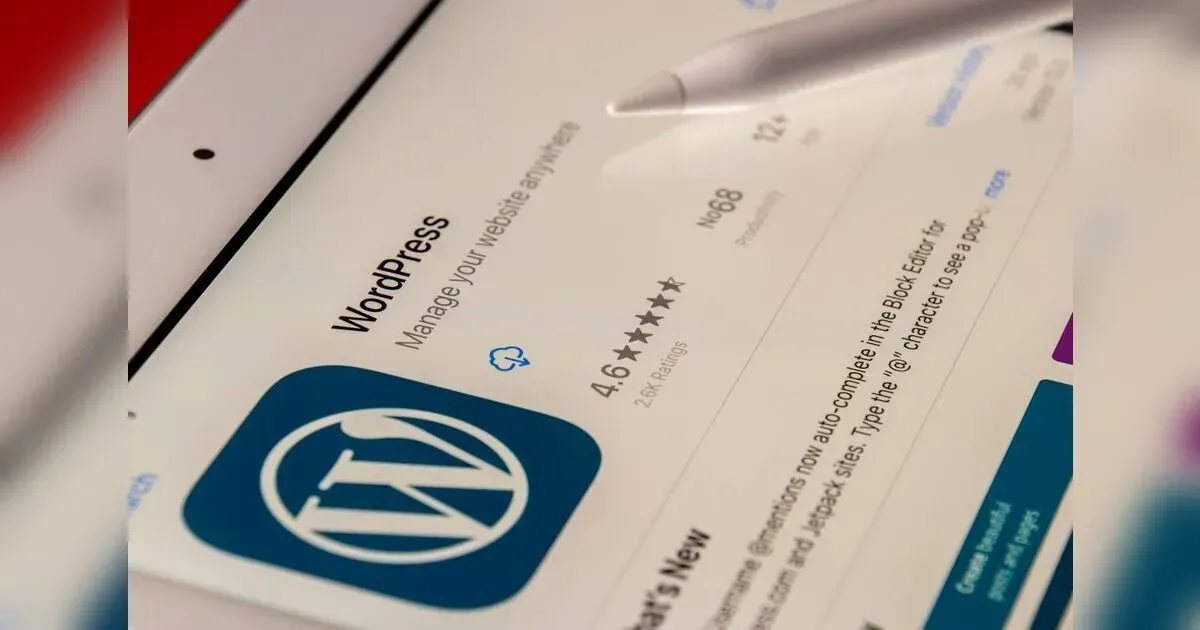Floods are among the most common and widespread of all weather-related natural disasters. They can occur in any region, at almost any time of year, and with varying degrees of warning. In recent years, the frequency and severity of flood events have increased, making it more important than ever to understand flood safety measures, whether you live in a designated flood zone or not.
Understanding Flood Zones
A flood zone is an area identified by the National Flood Insurance Program (NFIP) as being at risk for flooding. These zones are depicted on Flood Insurance Rate Maps (FIRMs) and are used to determine insurance requirements and costs. However, it's crucial to note that floods can occur outside these designated areas due to extreme weather events, changes in land use, or failures in water management systems.
Before the Flood: Preparedness is Key
Preparation is your first line of defense against the dangers of flooding. Here are some steps you can take to protect yourself and your property:
- Know Your Risk: Check if your property is in a flood zone by consulting FIRMs or speaking with local environmental planning offices.
- Emergency Plan: Develop a family emergency plan that includes evacuation routes and meeting points.
- Emergency Kit: Assemble an emergency kit with non-perishable food, water, medication, and important documents in waterproof containers.
- Property Protection: Consider installing sump pumps, backflow valves, and waterproofing basements. Elevate critical utilities and appliances.
- Insurance: Review your insurance policies to ensure you have adequate coverage for flood damage.
- Know Your Risk: Check if your property is in a flood zone by consulting FIRMs or speaking with local environmental planning offices.
- Emergency Plan: Develop a family emergency plan that includes evacuation routes and meeting points.
- Emergency Kit: Assemble an emergency kit with non-perishable food, water, medication, and important documents in waterproof containers.
- Property Protection: Consider installing sump pumps, backflow valves, and waterproofing basements. Elevate critical utilities and appliances.
- Insurance: Review your insurance policies to ensure you have adequate coverage for flood damage.
During the Flood: Safety First
When a flood is imminent or occurring, your priority should be the safety of yourself and your loved ones:
- Stay Informed: Monitor weather reports and heed warnings from local authorities.
- Evacuation: If evacuation is advised, do so immediately. Do not wait for conditions to worsen.
- Avoid Floodwaters: Never attempt to walk, swim, or drive through floodwaters. Just six inches of moving water can knock you down, and one foot of water can sweep a vehicle away.
- Utilities: Shut off electricity, gas, and water if instructed to do so, to prevent further damage and reduce the risk of electrocution or fire.
- Stay Informed: Monitor weather reports and heed warnings from local authorities.
- Evacuation: If evacuation is advised, do so immediately. Do not wait for conditions to worsen.
- Avoid Floodwaters: Never attempt to walk, swim, or drive through floodwaters. Just six inches of moving water can knock you down, and one foot of water can sweep a vehicle away.
- Utilities: Shut off electricity, gas, and water if instructed to do so, to prevent further damage and reduce the risk of electrocution or fire.
After the Flood: Recovery and Clean-Up
Once the floodwaters recede, the recovery process begins:
- Wait for Clearance: Return home only when authorities declare it safe.
- Inspect with Caution: Inspect your property carefully for structural damage before re-entering.
- Document Damage: Take photos and videos for insurance claims.
- Clean-Up: Wear protective gear during clean-up. Disinfect everything that got wet to prevent mold and bacteria growth.
- Mental Health: Recognize that recovering from a flood is not just physical but also emotional. Seek support if needed.
- Wait for Clearance: Return home only when authorities declare it safe.
- Inspect with Caution: Inspect your property carefully for structural damage before re-entering.
- Document Damage: Take photos and videos for insurance claims.
- Clean-Up: Wear protective gear during clean-up. Disinfect everything that got wet to prevent mold and bacteria growth.
- Mental Health: Recognize that recovering from a flood is not just physical but also emotional. Seek support if needed.
Conclusion
Whether you're in a flood zone or not, understanding and implementing safety measures can significantly reduce the risks associated with flooding. By preparing in advance, responding appropriately during a flood, and knowing how to recover, you can protect yourself, your family, and your property from the devastating effects of floods.
Remember, floods do not discriminate – they can happen anywhere and to anyone. It's not just about where you live; it's about how prepared you are.

























